Oxford museum shows 'surprisingly' colourful Victorian era
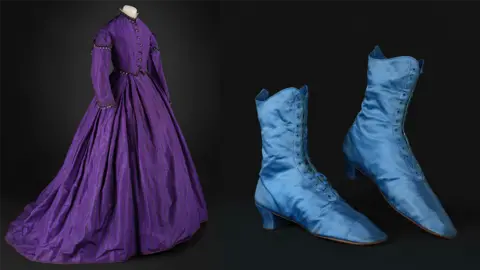 Ellie Atkins
Ellie AtkinsA major exhibition, featuring one of Queen Victoria's mourning dresses, is hoping to show the true colours of an era often labelled as bleak.
The Ashmolean Museum's Colour Revolution is presenting art, fashion and design from the Victorian period.
Curator Matthew Winterbottom said it aimed to be "a joyous and surprising tour" through a "misunderstood" period of history.
The items will be display in Oxford until February.
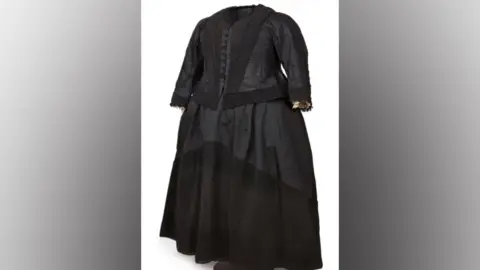 Claire Collins
Claire CollinsThe exhibition features 140 objects from international collections ranging from John Ruskin's studies to fashion, jewellery and homeware of Victorian Britain and Europe.
It opens with Queen Victoria's mourning dress, which shaped the view of Victorian Britain as a dark era, the museum said.
But other items show that artists, designers and people of the 19th century embraced colour following developments in art, science and technology.
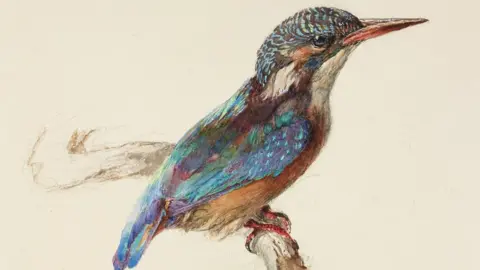 Ashmolean Museum
Ashmolean MuseumAmong the fashion examples are a purple dress, petticoat and shoes that show the use of aniline dyes.
Mr Winterbottom said: "The Victorian colour revolution made a radical impact on the lives of everyday people throughout Europe and beyond; and this is a chance to see some the 19th century's most colourful and spectacular works of art, fashion and design."
Other themes explored are women innovators, artists with famously different attitudes and the use of arsenic in a new green dye that sometimes claimed lives.
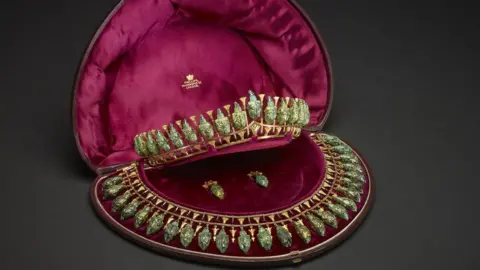 Ashmolean Museum
Ashmolean Museum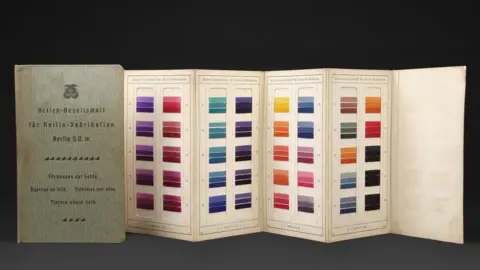 Ellie Atkins
Ellie Atkins
Follow BBC South on Facebook, Twitter, or Instagram. Send your story ideas to [email protected].
